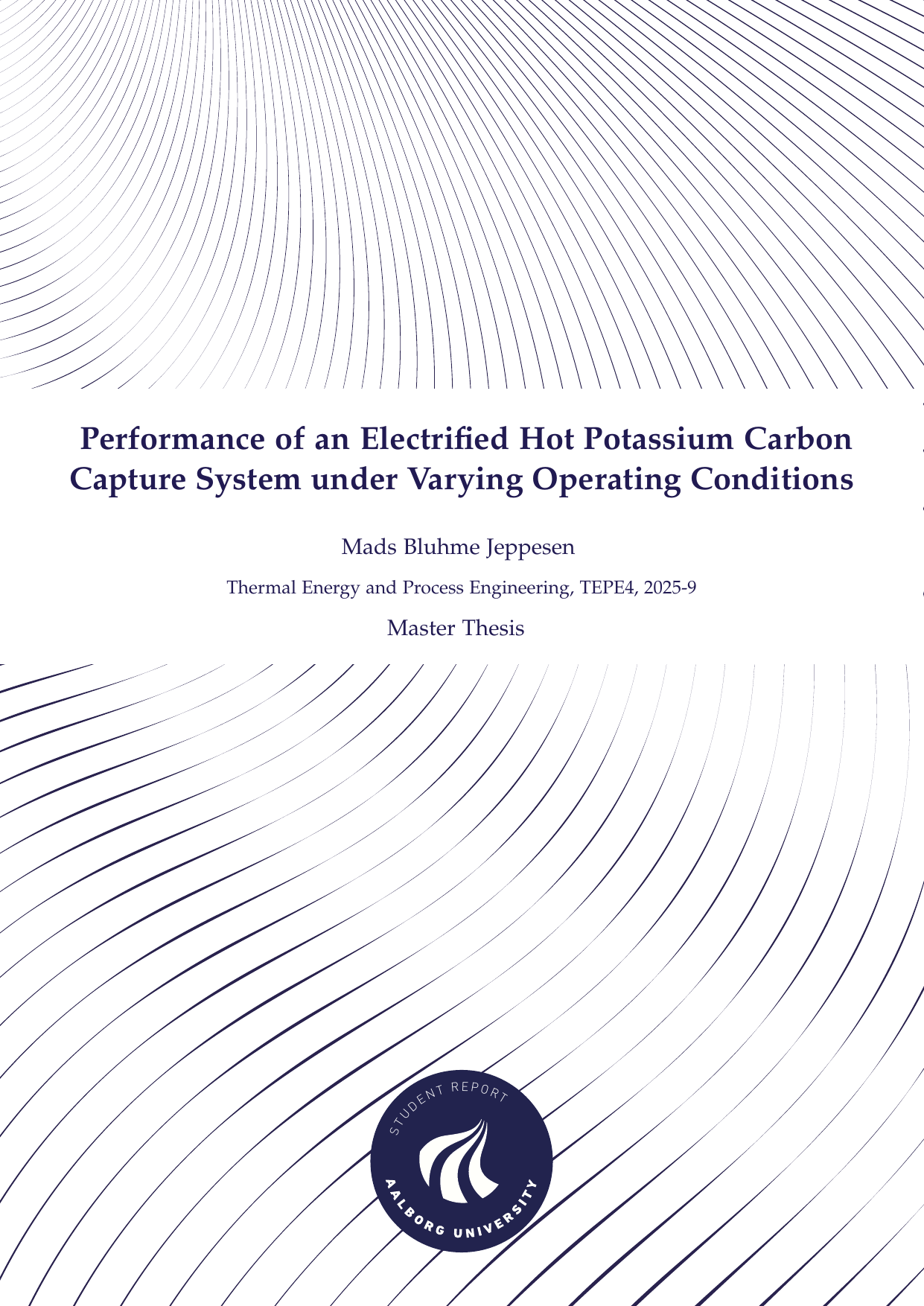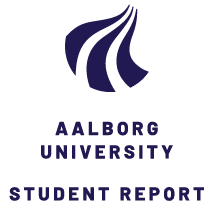
Performance of an Electrified Hot Potassium Carbon Capture System under Varying Operating Conditions
Author
Term
4. term
Education
Publication year
2025
Submitted on
2025-09-22
Pages
48
Abstract
In this project, a point-source hot potassium carbonate (HPC) carbon capture system, based on CapSol’s End-of-Pipe system was modelled in Aspen Plus V12.1. The aim of the project was to find the operating conditions in which the HPC system performs the best, as well as publicise information that enables easier comparison of this system to similar carbon capture systems. The model was a rate-based, steady state model and was validated by comparing the reaction equilibrium to experimental data. The model diverged by 14% to 17% from the data and had a maximum temperature of 120 ◦C at places reactions are simulated. It was concluded that the HPC system can function on electric power and cold utility, along with some makeup water and absorbent, with an efficiency at 24 wt.% CO2 (approx 16 mol%) flue gas of 915 kJ/kg CO2 power and 993 kJ/kg CO2 cold utility, with significant efficiency drops at low CO2 concentrations. Other investigations include how the regenerator, absorber and lean flash box pressure affect the system, as well as the sensitivity of the flash box pressures with regards to the system capture rate.
Keywords
Documents
